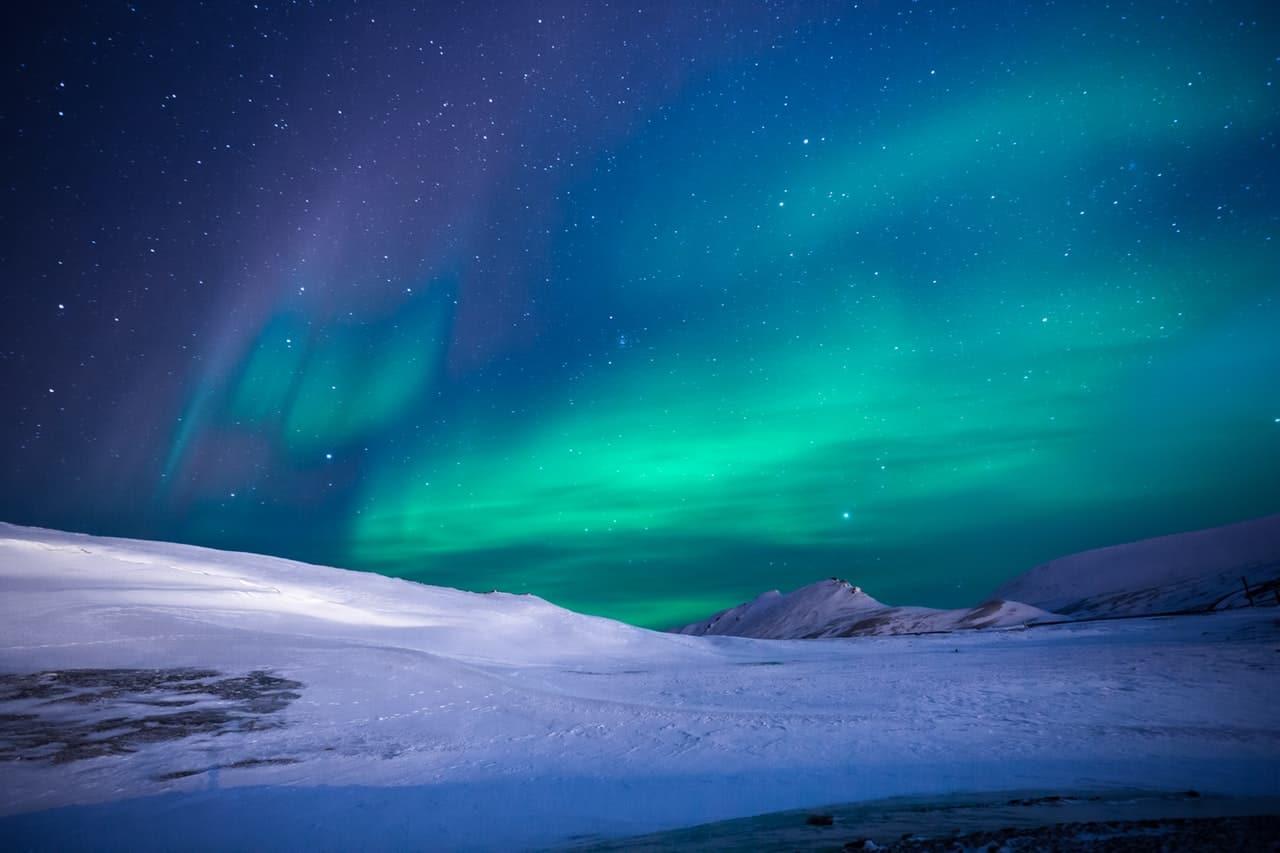Bài tập đọc English Reading chủ đề “Wonders of the world” dành cho các bạn học level 4. Bài viết sẽ đưa bạn du ngoạn qua 5 kì quan thiên nhiên đẹp nhất trên thế giới. Bạn có thể dùng eJOY extension để giúp bạn tra và lưu các từ mới trong bài nhé.
Lưu ý:
- Bài tập này được biên tập lại từ bài “The World’s Most Beautiful Natural Wonders” trên website www.really-learn-english.com
- Bài tập nằm trong chuỗi bài học dành cho Intermediate trên eJOY. Nếu bạn muốn được học theo lộ trình phát triển khả năng nghe nói, kèm theo bài tập đọc viết nhẹ nhàng thì hãy email cho [email protected] nhé.
The World’s Most Beautiful Natural Wonders
Throughout its long history, our planet Earth has created many mountains, rivers, volcanos, forests, and other beautiful natural places. Some of them are considered to be really special due to their beauty, incredible stories about their creation, and all the living organisms which inhabit them. For these reasons, they are often referred to as the natural wonders of the world, deserving admiration and respect from everyone.
Auroras (Northern and Southern Lights)

Imagine seeing the night sky turn bright green, purple and red, and that all of these lights suddenly start dancing around. It is one of most beautiful sights known to humans.
Although these lights, called auroras, look absolutely magical, their occurrence can actually be explained through science. Appearing above the North and South poles, they are created when electrically charged particles from the sun collide and penetrate into the atmosphere.
Their color variations depend on the type of gas particles which come together. Auroras do not just appear every night – their activity happens in cycles, and reaches its peak every 11 years. For this reason, interested observers should really plan their trip carefully.
Apart from the poles, auroras are best seen in parts of Canada, Iceland, Norway and the coastal waters of Siberia.
Mount Everest, Nepal

Located in the subrange of the Himalayas, Mount Everest is the world’s highest mountain, standing at 29,029 feet (8,848 meters). The Himalayas mountain chain was formed when the Indian tectonic plate, or in other words massive rocks, pushed against the Asian plate.
British mountaineers tried to ascent to the summit of Mount Everest eight times before two of them finally succeeded in 1953. Several thousands of people have climbed to the peak since then, normally with the assistance of Sherpas, local Nepalese people who carry the equipment and know the mountain very well.
Because of the harsh climate and the temperature that can drop down to -76°F (-60°C), this is a very dangerous journey. The mountain is so high that the climbers have to use bottled oxygen to keep their lungs functioning. Interestingly, the summit point also lies on the international border between Tibet and Nepal.
Grand Canyon, the United States of America

This 227 mile (446 km) long canyon is located in the state of Arizona and was carved by the Colorado River. The Grand Canyon reaches the depth of over one mile (1,857 meters). It expands over a vast area which was once inhabited by Native Americans, and was considered to be a holy site.
Scientists believe the Colorado River built this natural wonder up to 6 million years ago. Even though the elevation change from the river to the highest point in the canyon is huge, there are still quite a few plants and animals living there, although most of the animals are rodents (mice and rats) and bat species.
Today, the Grand Canyon is a national park, and tourists can enjoy climbing the beautiful red rocks, rafting on the river, or simply sightseeing.
Victoria Falls, Zimbabwe/Zambia

Victoria Falls, or “The Smoke that Thunders” (Mosi-oa-Tunya in the Tonga language), as the locals call it, is a large waterfall on the Zambezi River, bordering Zambia and Zimbabwe.
The world famous explorer David Livingstone is thought be the first European who found the waterfall, naming it in honor of Queen Victoria.
Victoria Falls is considered to be the world’s largest waterfall based on the amount of falling water – every second, some 33,000 cubic feet (935 cubic meters) of water fall over. Still water levels are not constant, and they particularly rise during the flood season from February to May.
Victoria Falls is surrounded by a rainforest where it actually rains every single day due to all the vapor rising from the waterfall. Wildlife is abundant in this forest, so it is common to spot an elephant, a zebra, or even a lion in the areas around the waterfall.
Great Barrier Reef, Australia

Consisting of over 2,900 individual reefs and 900 islands, this is the largest coral reef in the world, spreading across 133,000 square miles (344,400 km2). Being larger than many countries, the Great Barrier Reef is visible from outer space.
The variety of living organisms which make the reef their home is impressive. Over 1500 different species of fish, and a great number of turtles, sharks and seahorses can regularly be seen in the reef. Thirty different species of whales and dolphins also swim in these waters.
While the climate change greatly affects the biodiversity in the reef, most parts of it are protected from fishing. Thousands of tourists who come in every day are also asked to be careful about how they treat this precious environment.
Grammar: Tính từ có đuôi -ed và -ing
Trong bài đọc trên, người viết có dùng:
- Auroras do not just appear every night – their activity happens in cycles, and reaches its peak every 11 years. For this reason, interested observers should really plan their trip carefully.
Interested là một tính từ có đuôi -ed được hình thành bằng việc thêm hậu tố -ed sau từ “interest”. (Interested = quan tâm, hứng thú)
Những tính từ có đuôi -ed dùng để diễn tả cảm xúc, cảm nhận của con người, con vật về một sự vật, hiện tượng, sự việc nào đó (mang tính chủ quan).
Chẳng hạn như:
- surprised (cảm thấy ngạc nhiên): I was surprised at that movie ending = tôi đã rất bất ngờ trước cái kết của bộ phim.
- bored (cảm thấy buồn chán): He was getting bored doing the same thing every day = cậu ấy cảm thấy buồn chán khi ngày nào cũng giống ngày nào.
Bên cạnh tính từ đuôi -ed, chúng ta còn có tính từ đuôi -ing được hình thành bằng việc thêm hậu tố -ing vào sau một động từ để miêu tả tính cách, tính chất, đặc điểm của người, sự vật, hiện tượng (mang tính khách quan). Cụ thể
- interesting (thú vị, hay ho): An interesting movie = tính chất của bộ phim là thú vị.
- surprising (gây ngạc nhiên bất ngờ, đáng ngạc nhiên): A surprising ending = một cái kết bất ngờ.
- boring (nhàm chán, tẻ nhạt, không có gì thú vị): A boring movie = một bộ phim nhàm chán.
Xem thêm video này để hiểu về dạng tính từ này nhé.
Exercises
A/ Các nhận định sau đây là True (Đúng) hay False (Sai)?
- It would be possible for astronauts to see the Great Barrier Reef from space.
- The only way to see auroras is to travel to the North Pole.
- The Grand Canyon is mostly home to mice, rats and bats.
- Only snakes and lizards can survive in the Grand Canyon.
- On Mount Everest, mountaineers use bottled oxygen only in rare circumstances.
- It is nearly impossible to climb Mount Everest without additional oxygen.
B/ Chọn câu trả lời Đúng
- Why do most mountaineers hire Sherpas?
-
- to carry the equipment
- to find oxygen
- to communicate with local people
- Where does climate change have a negative impact on biodiversity?
-
- in the Grand Canyon
- in the Great Barrier Reef
- in the Victoria Falls rainforest
3. Who named Victoria Falls?
-
- Queen Victoria
- the people of Zimbabwe
- David Livingston
C/ Chọn đáp án Đúng để điền vào chỗ trống
- In the Grand Canyon, the __________ change is huge.
-
- level
- height
- elevation
- Electrically __________ particles create auroras.
-
- charged
- filled
- powered
3. The __________ climate makes climbing Mount Everest very dangerous.
-
- cruel
- harsh
- grinding
4. Water levels rise during the __________ season.
-
- overflowing
- swamping
- flood
5. It is common to __________ a zebra near Victoria Falls.
-
-
- glance
- identify
- spot
-
Đáp án:
A/ 1.True; 2.False; 3.True; 4.False; 5.True; 6.False.
B/ 1A; 2B; 3C
C/ 1C; 2A; 3B; 4C; 5C














